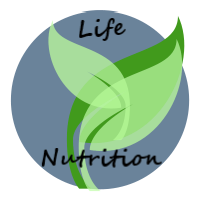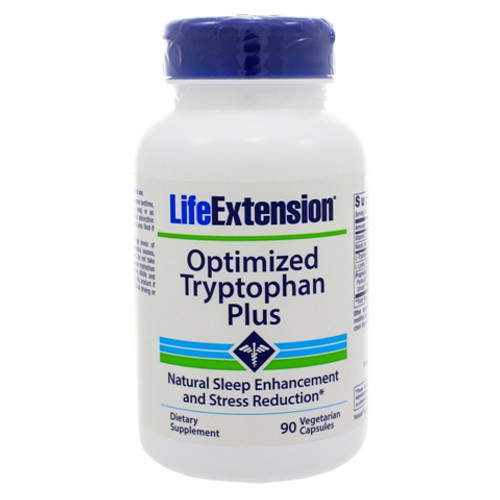Zinc is a mineral that stimulates the activity of approximately 300 enzymes, which are substances that promote biochemical reactions in your body.1, 2 These reactions are essential for the formation of superoxide dismutase, one of the body’s most important free radical scavengers. Zinc also promotes immune function, 3-6 taste sensitivity, 7-9 protein and DNA synthesis, 1, 10, 11 insulin production, 12, 13 reproductive organ development and sperm motility.14-16 Zinc also supports normal growth and development during pregnancy, childhood, and adolescence.17-19 Age-related declines in immune function are associated with zinc deficiency, and the elderly represent a group that is vulnerable to mild zinc deficiency. Certain aspects of immune function in the elderly have been found to improve with zinc supplementation.3-5, 7, 20, 21
Chromium plays an important role in maintaining healthy blood sugar levels in those within normal levels when used as part of a healthy diet.22-24
Boron is an essential nutrient for optimal calcium metabolism and healthy bones and joints.25-29 Boron may affect human steroid hormone levels. Dietary boron intake may support a healthy prostate.30-34
Vanadyl sulfate is an effective form of the trace mineral vanadium. Research indicates vanadyl sulfate may improve tissue sensitivity and promote already healthy glucose metabolism for those within normal range.35-39
Individuals consuming over 50 mg of zinc daily and/or a high level of fructose are advised to supplement their diet with 2 mg copper several times per week.40-44 Copper is required by the body to convert iron into hemoglobin45 and is an essential constituent of many important body enzymes including a form of superoxide dismutase, a major cellular antioxidant.46
Only Trace Minerals provides bioavailable forms of minerals in a convenient, low-cost supplement.
References
- J Nutr. 2000 May;130(5S Suppl):1437S-46S.
- Biometals. 2005 Aug;18(4):295-303
- Exp Gerontol. 2008 May;43(5):370-7.
- Am J Physiol Lung Cell Mol Physiol. 2010 Jun;298(6):L744-54.
- Exp Gerontol. 2008 May;43(5):452-61.
- Am J Clin Nutr. 2007 Mar;85(3):837-44.
- Acta Otolaryngol Suppl. 2002;(546):129-33.
- Cancer. 1998 May 15;82(10):1938-45.
- Nippon Jibiinkoka Gakkai Kaiho. 1995 Jul;98(7):1135-9.
- J Cell Physiol. 2009 Mar;218(3):558-67.
- Wound Repair Regen. 2007 Jan-Feb;15(1):2-16.
- Biol Trace Elem Res. 2006 Aug;112(2):109-18.
- Cochrane Database Syst Rev. 2007 Jan 24;(1):CD005525.
- Fertil Steril. 1999 Jun;71(6):1138-43.
- Pak J Biol Sci. 2009 Jan 15;12(2):134-9.
- Nutr Res. 2009 Feb;29(2):82-8.
- J Trace Elem Med Biol. 2005;19(1):29-35.
- Nutr Health. 2007;19(1-2):85-102.
- Am J Clin Nutr. 2007 Feb;85(2):614S-620S.
- Biol Trace Elem Res. 2000;76(3):193-205.
- Biogerontology. 2006 Oct-Dec;7(5-6):449-59.
- Proc Nutr Soc. 2004 Feb;63(1):41-7.
- 10th International Congress of Toxicology-Finland. 2004 July;197:abs. 354.
- Mol Cell Biochem. 2003 Oct;252(1-2):369-77.
- Curr Pharm Des. 2003;9(32):2687-704.
- Biofactors. 2006;28(3-4):195-201.
- Calcif Tissue Int. 2008 Aug;83(2):81-4.
- Nutr J. 2010 Oct 14;9:44.
- Am J Clin Nutr. 1995 Feb;61(2):341-5.
- Toxicol Pathol. 2004 Jan-Feb;32(1):73-8.
- Br J Cancer. 2006 Mar 27;94(6):884-90.
- Oncol Rep. 2004 Apr;11(4):887-92.
- Anticancer Agents Med Chem. 2010 May 1;10(4):346-51.
- Cancer Cau












